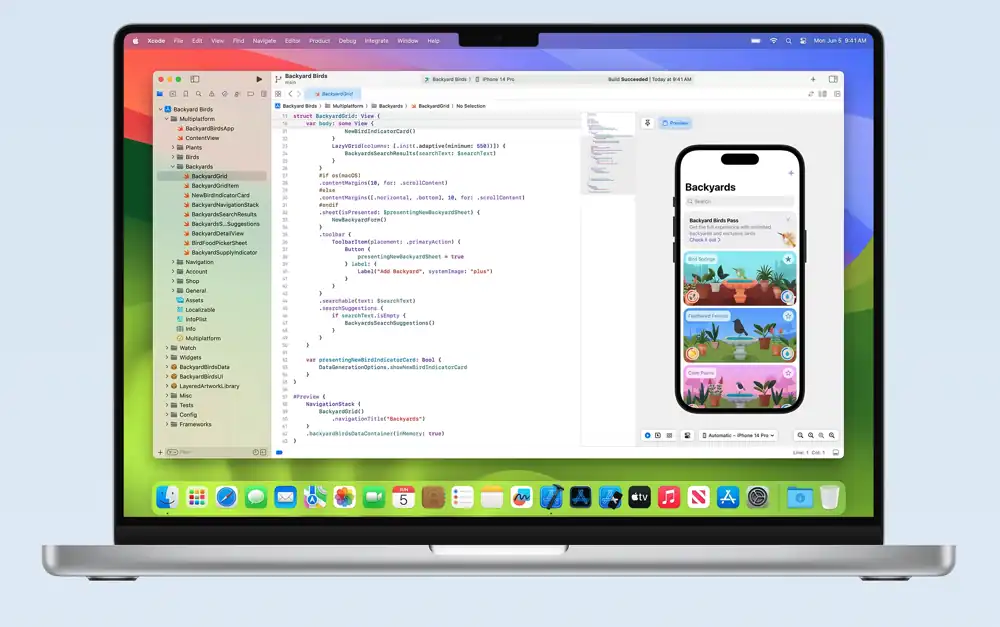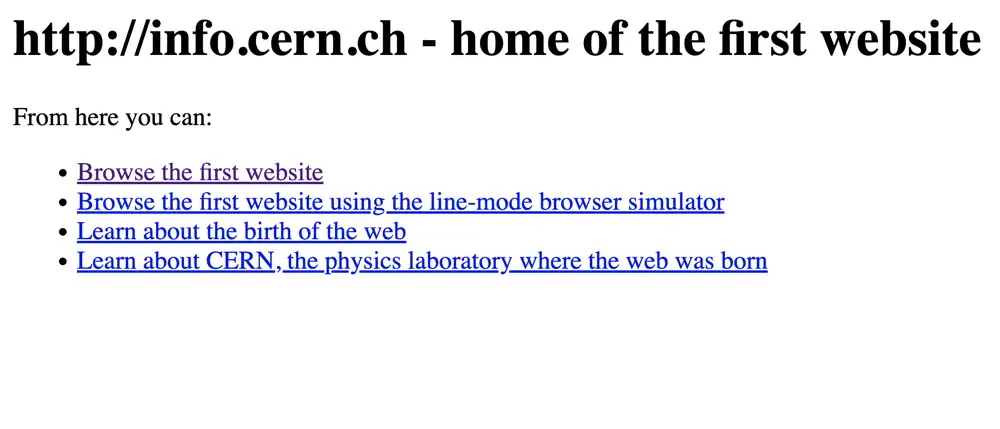
Base64 to Image (Decode)
The Base64 to Image free online tool converts Base64-encoded images back into their original image format, making it easy to view and use the image data in various applications and contexts.
📖 One-Minute Lesson
In the vast expanse of the digital universe, there lurks a simple yet profound coding technique known as Base64. This encoding scheme, often unnoticed by the everyday internet user, plays a crucial role in the seamless operation of our online experiences. Let’s dive into the world of Base64, exploring its mechanism, purpose, and a few real-life applications that highlight its indispensable nature.
What Exactly is Base64?
Imagine you're sending a postcard through the international mail. The content needs to be something that any postal service can handle, regardless of the country. Base64 does something similar for binary data (like images and audio files) on the internet, which is fundamentally designed to handle text. It converts binary data into a text format that can be easily transmitted over networks that primarily handle textual data.
Base64 uses a set of 64 characters: the uppercase and lowercase English letters (A-Z, a-z), digits (0-9), plus (+), and slash (/). Occasionally, you'll see variants that use different characters for the last two, but the principle remains the same. The result is an ASCII string that can be transmitted or stored where text data is expected but that retains the original binary data’s integrity.
A Glimpse Into Its Mechanism
The magic of Base64 encoding involves dividing binary data into chunks of six bits. Each chunk of six bits is then mapped to one of the Base64 characters. Since six bits can represent 64 possible combinations (hence the name Base64), each character can effectively represent a different combination of bits.
It's simple in theory, but the elegance of Base64 lies in its ability to bridge the gap between raw binary data and human-readable text, making it a linchpin in data handling across various protocols and systems.
Real-World Applications of Base64
1. Email Transmission
One of the earliest and most significant uses of Base64 has been in email transmission. Emails originally could only handle text data, which posed a problem for sending files like images or PDF documents. Base64 encoding allows these binary files to be converted into a text format, which can then be safely sent via email. Once the email is received, the text can be decoded back into the original binary format.
2. Embedding Images in HTML or CSS
Web developers often face the challenge of managing numerous HTTP requests when a webpage loads, each image typically requiring a separate request. Base64 encoding offers a neat trick here. By encoding images in Base64 and embedding them directly into HTML or CSS files, developers can reduce server requests. This embedding speeds up page loading times, as the images are loaded as part of the HTML or CSS file itself.
Here’s a simple example:
<img src="data:image/jpeg;base64,/9j/4AAQSkZJRgABAQAAAQABAAD/2wBDAAgGBgcGBQgHBwcJ..."/>
This line of HTML code includes a small image directly in the source attribute of an <img> tag using Base64. The browser decodes the Base64 string and displays the image without any additional network requests.
3. Data APIs
Base64 is extensively used in APIs, especially when binary data needs to be sent and received over the internet. For instance, when you upload a file through a REST API, that file might be encoded in Base64. This encoding ensures that the file can be transmitted over the internet without loss or modification, then decoded by the server to retrieve the original binary data.
Wrapping Up
While Base64 is a technical subject, its implications are profoundly human. It's about making our digital interactions smoother and more efficient, whether it’s sending an email, loading a webpage, or using an app. By converting unwieldy binary blobs into manageable text strings, Base64 helps maintain the fluidity and integrity of data across the chaotic digital landscape. It’s a small cog in the vast machinery of the internet, but without it, the digital experiences we take for granted would be far less seamless.

















